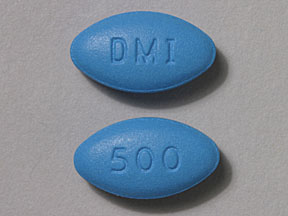Proquin XR Interactions
There are 724 drugs known to interact with Proquin XR (ciprofloxacin), along with 10 disease interactions, and 3 alcohol/food interactions. Of the total drug interactions, 177 are major, 453 are moderate, and 94 are minor.
- View all 724 medications that may interact with Proquin XR
- View Proquin XR alcohol/food interactions (3)
- View Proquin XR disease interactions (10)
Most frequently checked interactions
View interaction reports for Proquin XR (ciprofloxacin) and the medicines listed below.
- acarbose
- Actos (pioglitazone)
- CaloMist (cyanocobalamin)
- Chlor-Trimeton (chlorpheniramine)
- chlordiazepoxide
- chlordiazepoxide / clidinium
- chloroquine
- chlorpheniramine / dextromethorphan
- chlorpheniramine / dextromethorphan / phenylephrine
- chlorpromazine
- chlorzoxazone
- Cozaar (losartan)
- cyanocobalamin
- DiaBeta (glyburide)
- Diabetic Tussin Night Time Formula (acetaminophen / dextromethorphan / diphenhydramine)
- duloxetine
- ertugliflozin
- ertugliflozin / metformin
- Floxin (ofloxacin)
- insulin inhalation, rapid acting
- Invokamet (canagliflozin / metformin)
- Invokana (canagliflozin)
- miglitol
- Segluromet (ertugliflozin / metformin)
- Steglatro (ertugliflozin)
- Stendra (avanafil)
- TobraDex (dexamethasone / tobramycin ophthalmic)
- Xiaflex (collagenase clostridium histolyticum)
Proquin XR alcohol/food interactions
There are 3 alcohol/food interactions with Proquin XR (ciprofloxacin).
Proquin XR disease interactions
There are 10 disease interactions with Proquin XR (ciprofloxacin) which include:
- colitis
- CNS disorders
- myasthenia gravis
- peripheral neuropathy
- QT interval prolongation
- tendonitis
- crystalluria
- diabetes
- hemodialysis
- renal dysfunction
More about Proquin XR (ciprofloxacin)
- Proquin XR consumer information
- Compare alternatives
- Reviews (1)
- Drug images
- Side effects
- Dosage information
- During pregnancy
- FDA approval history
- Drug class: quinolones and fluoroquinolones
- Breastfeeding
- En español
Related treatment guides
Drug Interaction Classification
| Highly clinically significant. Avoid combinations; the risk of the interaction outweighs the benefit. | |
| Moderately clinically significant. Usually avoid combinations; use it only under special circumstances. | |
| Minimally clinically significant. Minimize risk; assess risk and consider an alternative drug, take steps to circumvent the interaction risk and/or institute a monitoring plan. | |
| No interaction information available. |
See also:
Further information
Always consult your healthcare provider to ensure the information displayed on this page applies to your personal circumstances.


